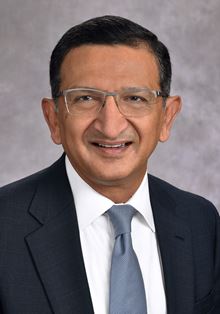431-440 of 3012 Results Found
Condition
The Thyroid Gland Anatomy of the thyroid gland The thyroid gland is found in the front of the neck. It sits below the voice box (larynx) and on top of the trachea (windpipe). It has a butterfly-like shape. The small, 2-inch gland consists of 2 lobes, 1 on each side of the
Condition
Poison Ivy, Oak, and Sumac Rash What is poison ivy, oak, and sumac rash? Poison ivy, poison oak, and poison sumac are types of American plants. They each grow in different parts of the country. The plants cause allergic contact dermatitis in most people who touch them. The rash
Condition
Erectile Dysfunction (Impotence) What is erectile dysfunction? Erectile dysfunction (ED) or impotence means you can’t get an erection. It can also mean you aren't happy with the size or hardness of your erections, or how long your erections last. In the past, ED was thought to be
Condition
Juvenile Idiopathic Arthritis What is juvenile idiopathic arthritis? Juvenile idiopathic arthritis (JIA) is a form of arthritis in children. Arthritis causes joint swelling (inflammation) and joint stiffness. JIA is arthritis that affects 1 or more joints for at least 6 weeks in
Condition
Melanoma: Diagnosis If your healthcare provider thinks you might have melanoma, you will likely need certain exams and tests to be sure. Diagnosing melanoma starts with your healthcare provider asking you questions. They will ask you about your health history, your symptoms, risk
Doctor
Dev M. Desai, MD
Director, Transplant Program; Surgical Director, Kidney Transplant Program
Specialties

Condition
Anatomy of the Endocrine System in Children These are parts of the endocrine system: Hypothalamus. This gland is in the brain. It secretes hormones that stimulate or suppress the release of hormones in the pituitary gland. It also controls water balance, sleep, temperature
Condition
Urinary Incontinence (Enuresis) in Children What is enuresis in children? Urinary incontinence (enuresis) is the loss of bladder control. In children younger than age 3, it’s normal to not have full bladder control. As children get older, they become more able to control their
Condition
Benign Skin Growths What are benign skin growths? Skin changes as you grow older and are exposed to sunlight, health conditions, trauma, and other environmental changes. Most people have some skin marks, such as freckles and moles. These may multiply or darken over time. Benign
Condition
Anatomy and Function of the Urinary System How does the urinary system work? The body takes nutrients from food and changes them to energy. After the body has taken the food components that it needs, waste products are left behind in the bowel and in the blood. The kidney and
